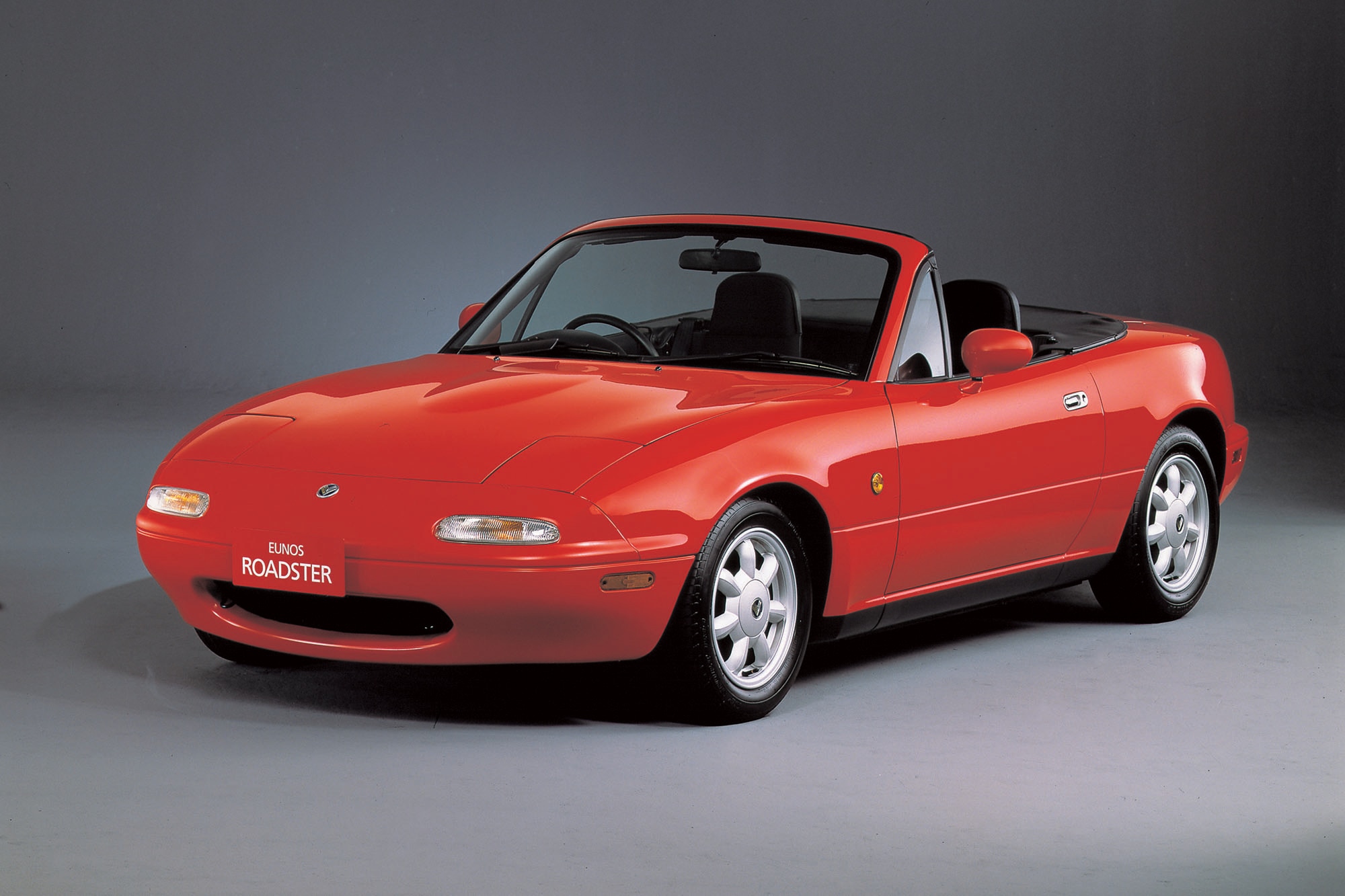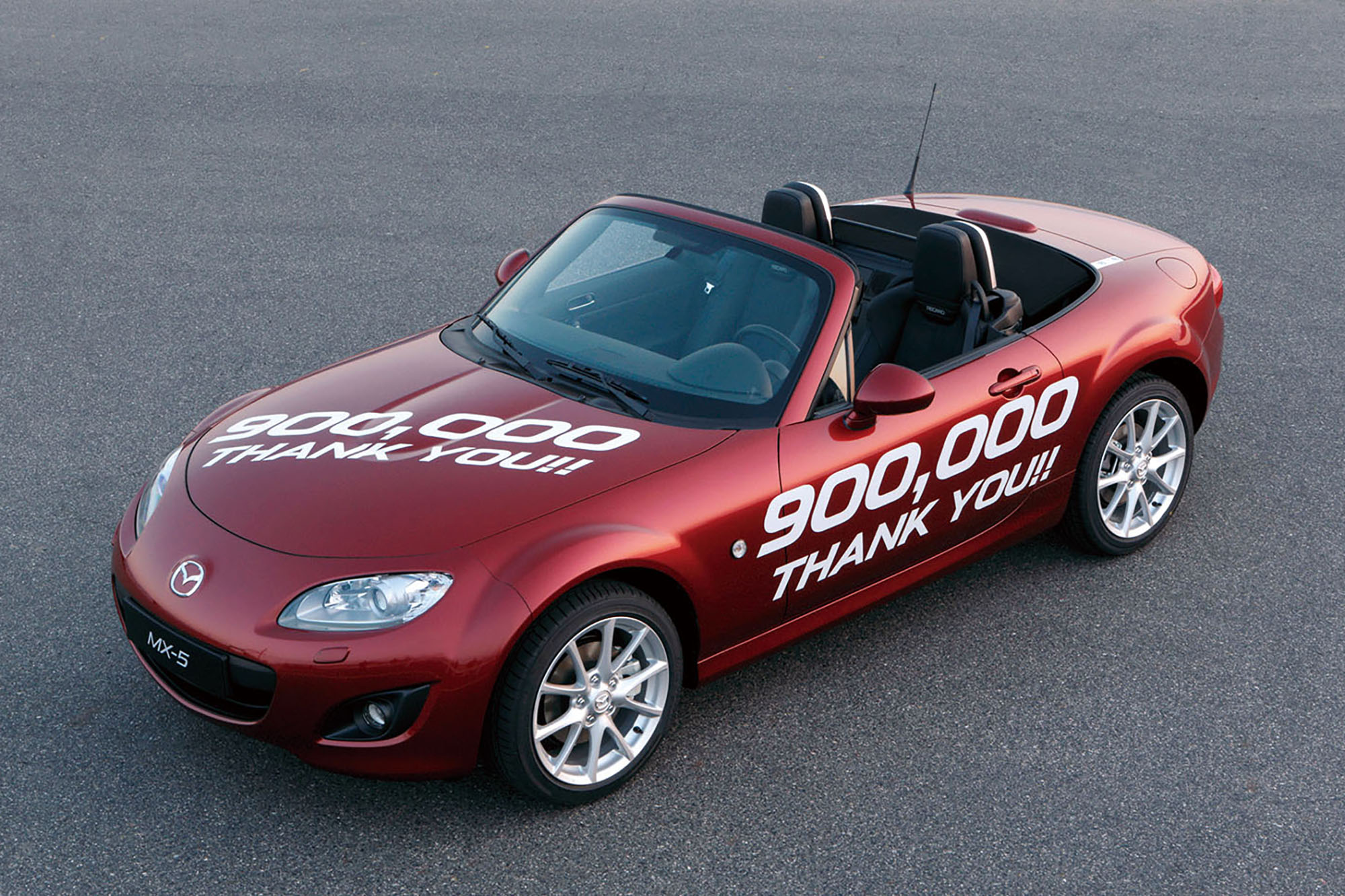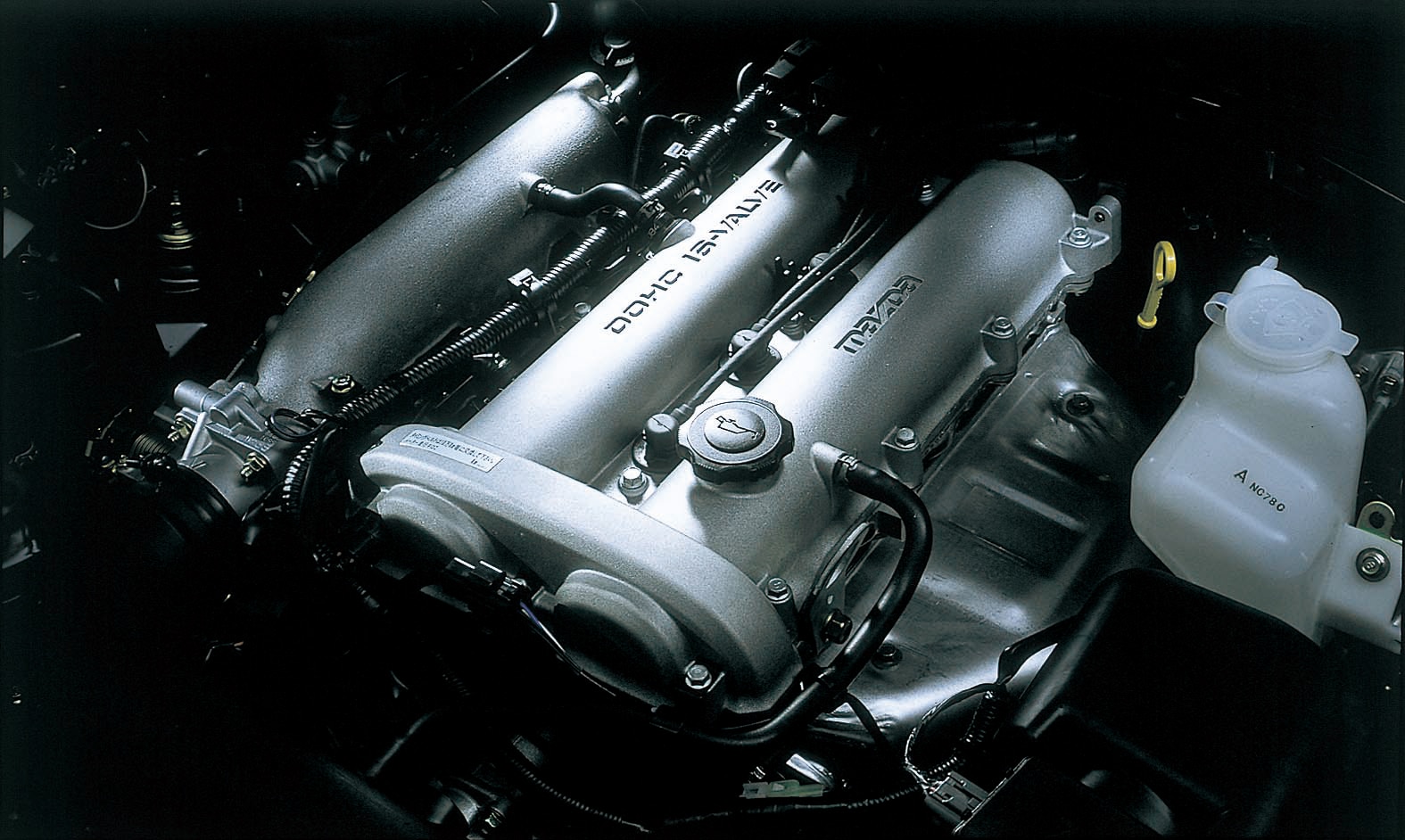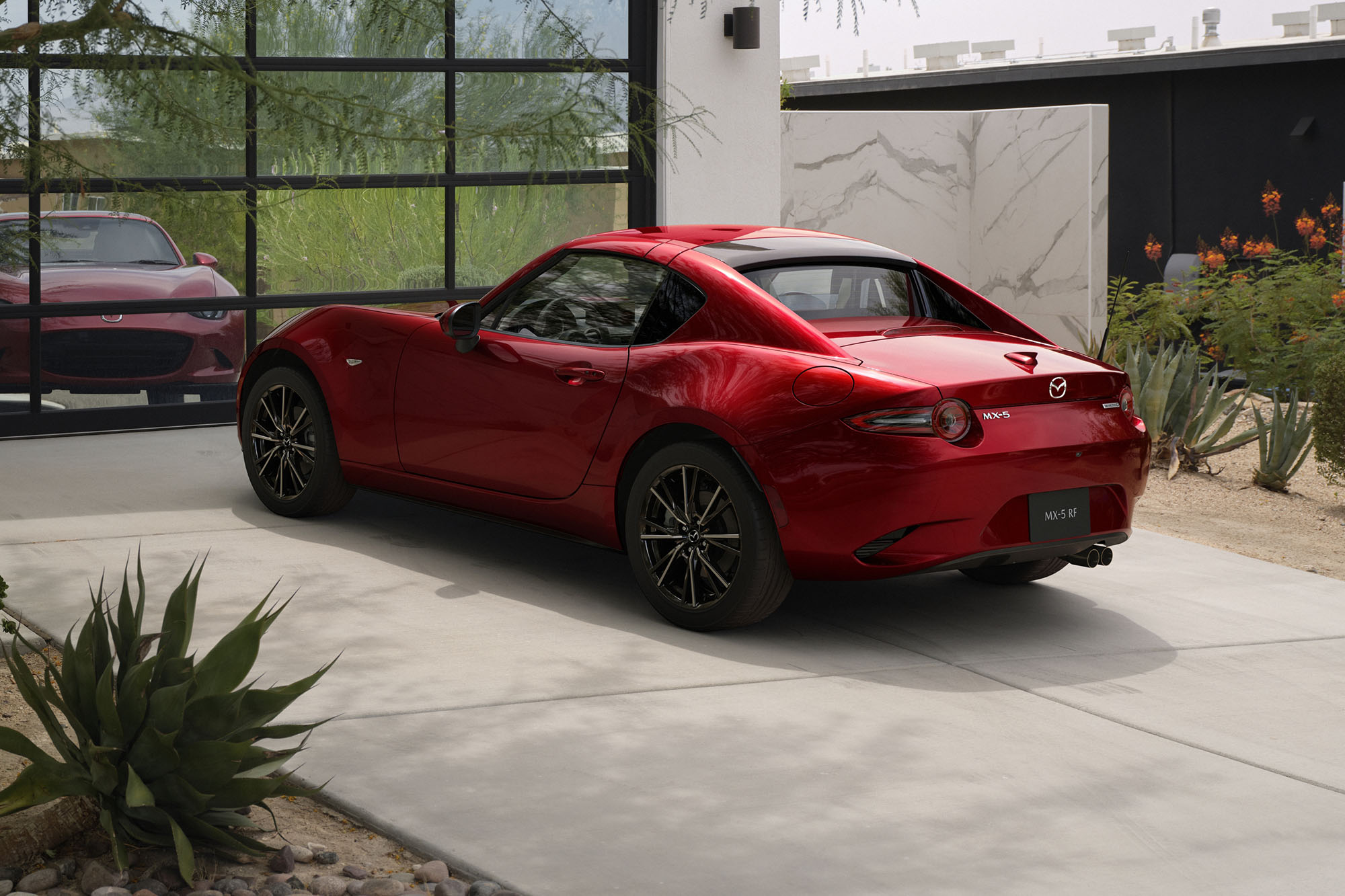5 Reasons the Mazda Miata Is an Automotive Icon
The pocket-sized sports car has had an outsized impact on the automotive world.
![]() Mazda
Mazda
When it debuted as a 1990 model, some casual car buffs dismissed the Mazda MX-5 Miata as a less-than-serious sports car. The enthusiast press, however, knew better.
In the decades since American journalist Bob Hall first pitched a roadster concept to Mazda, the fun-loving Miata has proved its naysayers wrong. By 2000, Guinness World Records had certified it as the bestselling open-top sports car in history, and while the modern vehicle market has shifted toward crossovers and SUVs, Mazda remains dedicated to its tiny runabout. There's even a Miata-based racing series.
Now in its fourth generation, the Miata isn’t just physical illustration of Mazda's enthusiast-focused design philosophy, it's an icon, and a love letter to the joy of driving.
 Mazda
Mazda
The Miata Demonstrated Sports Cars Could Be Reliable
While the Miata wasn't the first affordable roadster, it was quite possibly the first affordable, reliable roadster.
Prior to its launch, the two-seater convertible market was mainly composed of notoriously problem-prone European models from marques such as MG, Triumph, Fiat, and Alfa Romeo. These cars had a reputation for spending more time in the shop than they did on the road.
From the outset, the Miata's Japanese build quality — along with modern advancements such as fuel injection — set it apart from its spiritual ancestors. Even today, Consumer Reports forecasts that 2024 models will be more reliable than most new cars.
 Mazda
Mazda
The Miata Showed Fun Cars Don't Have to Be Expensive
Automotive brands often have an expensive, powerful halo model that draws customers into the showroom. Chevrolet has its Corvette; Acura had the NSX; Dodge had the Viper.
The Miata, on the other hand, has always been priced in the middle of Mazda's portfolio. In 1989, it started at $13,800 (about $35,000 in 2024 dollars). Today, it starts around $30,000 — an even better deal. Its four-cylinder engine is also fuel efficient, returning roughly the same miles per gallon as a family sedan.
It's also important to note that the Miata's success paved the way for a new crop of small roadsters, such as the Pontiac Solstice, Saturn Sky, and Honda S2000.
By adding luxury features and power, many companies attempted to improve on the Miata formula. But many were more expensive — and couldn't match the value proposition of the little Mazda.
 Mazda
Mazda
It's Dedicated to Being Small and Lightweight
The original 1990 Miata weighed just under 2,200 pounds, which was more than 1,000 pounds less than a contemporary Corvette.
Enthusiasts know featherweight construction pays many dividends. A lighter car doesn't need as powerful a braking system to bring it to a halt. Nor does it need as beefy a suspension to cushion the body from the road. The less a car weighs, the less inertia it must combat in a curve, and that translates to nimbler handling.
Nevertheless, there was weight the Miata couldn't keep off, such as mandatory safety equipment. Most cars are subject to this kind of bloat, but by the Miata's third generation, it had grown to around 2,500 pounds.
Miraculously, for the current generation (introduced in 2015), engineers put the Miata on a strict diet and dropped the weight back down by around 150 pounds. In modern auto manufacturing, that kind of reduction is almost unheard of, but Mazda's dedication to the Miata's agility made it happen.
 Mazda
Mazda
A Big Fun Factor Doesn't Require Big Power
Being a light car comes with many advantages, arguably the most important of which is that it doesn't need as much horsepower to thrill. The original Miata had 116 horsepower, compared with a contemporary Corvette's 245.
Today, a Miata has 181 horsepower, compared with a new Corvette Stingray's 490. That means a Corvette will dust a Miata in a drag race, but driving fun isn't always about straight-line acceleration. For many enthusiasts, skillfully carving corners is more rewarding than stomping on the gas pedal.
On twisty canyon roads, where being small and agile is an advantage, the Miata sparkles. In the right hands, its cornering prowess can even allow it to keep up with more powerful cars.
 Mazda
Mazda
The Miata Is Made for Year-Round Fun
All Miatas came from the factory with a fabric soft top — a detachable hard top was optional — until 2007, when a power retractable hard top was added to the lineup. It offered open-air motoring at the push of a button. When closed, it was designed to be as secure and weatherproof as a coupe.
The hard-top convertible concept lives on in the current Miata RF, which stands for "retractable fastback." While the roof doesn't disappear entirely, it provides a motorized top that settles into an open targa configuration. At about $38,000, it's pricier than the soft-top Miata, but remains the least expensive motorized hard top on the market.
All vehicle pricing includes MSRP plus destination charges (set at the time of publication), and will be rounded to the nearest thousand.
Written by humans.
Edited by humans.
Related articles
View more related articles
